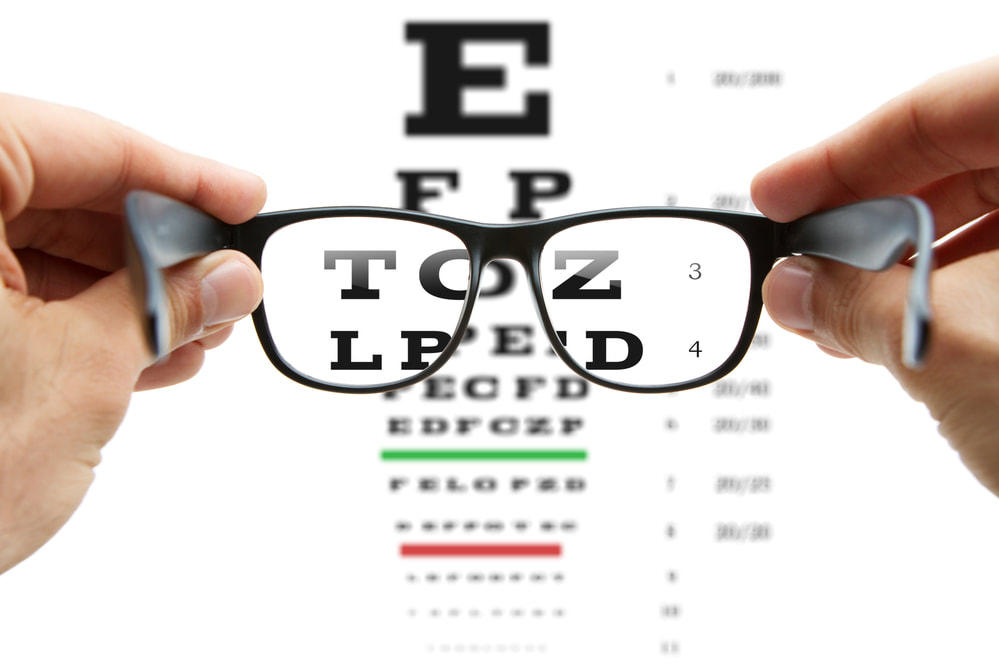What causes low vision?Several types of conditions can cause low vision. Potential causes of low vision include both acquired and congenital conditions, such as:
Even with glasses, people with low vision may gradually have worsening vision. It may become difficult to do certain tasks, such as:
Are there different patterns of vision loss?People with low vision may have different patterns or vision loss. For instance, some people lose central vision first, which involves detailed vision loss when looking at something directly. Macular degeneration is an example of a condition that may lead to central vision loss. In other instances, individuals lose peripheral vision. This is the vision on the sides or outside of what you are looking directly at. Certain people also lose depth perception or contrast sensitivity. What are ways to manage low vision?Some people may mistake low vision as a normal part of aging, but it is not. The first step in managing low vision is to have a comprehensive eye exam to determine visual problems. In certain cases, vision loss may be slowed, and you may be able to preserve the vision you have. Once your cause of vision loss is determined, you may work with varied members of the vision rehabilitation team. In addition to an eye doctor, you may also see a low-vision specialist, an occupational therapist, or an orientation and mobility specialist. Each professional plays a role in treating and helping you manage low vision. For example, an orientation and mobility specialist helps develop ways to support independent travel while maximizing safety. An occupational therapist assists you in learning ways to adapt and perform everyday activities. What devices help with low vision?It is vital to make the most of the vision you still have. This includes treating any medical issues or vision conditions you have. If medical and eye conditions worsen, they may rob you of further eyesight.
There are common devices, as well as those specially made for low vision, which may help improve your ability to do everyday activities and stay independent. Your vision rehabilitation team can assist you determine what devices may work best for your needs. Options include: Magnifying spectacles: This type of device is worn like glasses, which keeps your hands free. It may help with up-close tasks, such as reading. Audio books: Audio books have gained popularity, so many titles are available. With audiobooks, you listen to the text instead of reading. Tablets and smartphones: These types of devices allow you to enlarge the font size and adjust the content to improve viewing. You can also activate voice commands. Antiglare sunglasses: This type of sunglasses decreases the amount of reflective light, which may help provide clearer vision. Understanding low vision is the first step to getting the right treatment and figuring out ways to adjust. If you would like to ask whether an appointment with one of our eye doctors would be appropriate at this time, call our office at 508-746-8600. Comments are closed.
|
EYE HEALTH BLOGCategories
All
Archives
July 2024
|
|
Kadrmas Eye Care New England
55 Commerce Way, Plymouth, MA 02360
14 Tobey Road, Wareham, MA 02571 133 Falmouth Road (Rt 28), Mashpee, MA 02649 |
Phone Number:
1-508-746-8600 Hours: Monday through Friday — 8 AM – 4:30 PM |


 RSS Feed
RSS Feed
